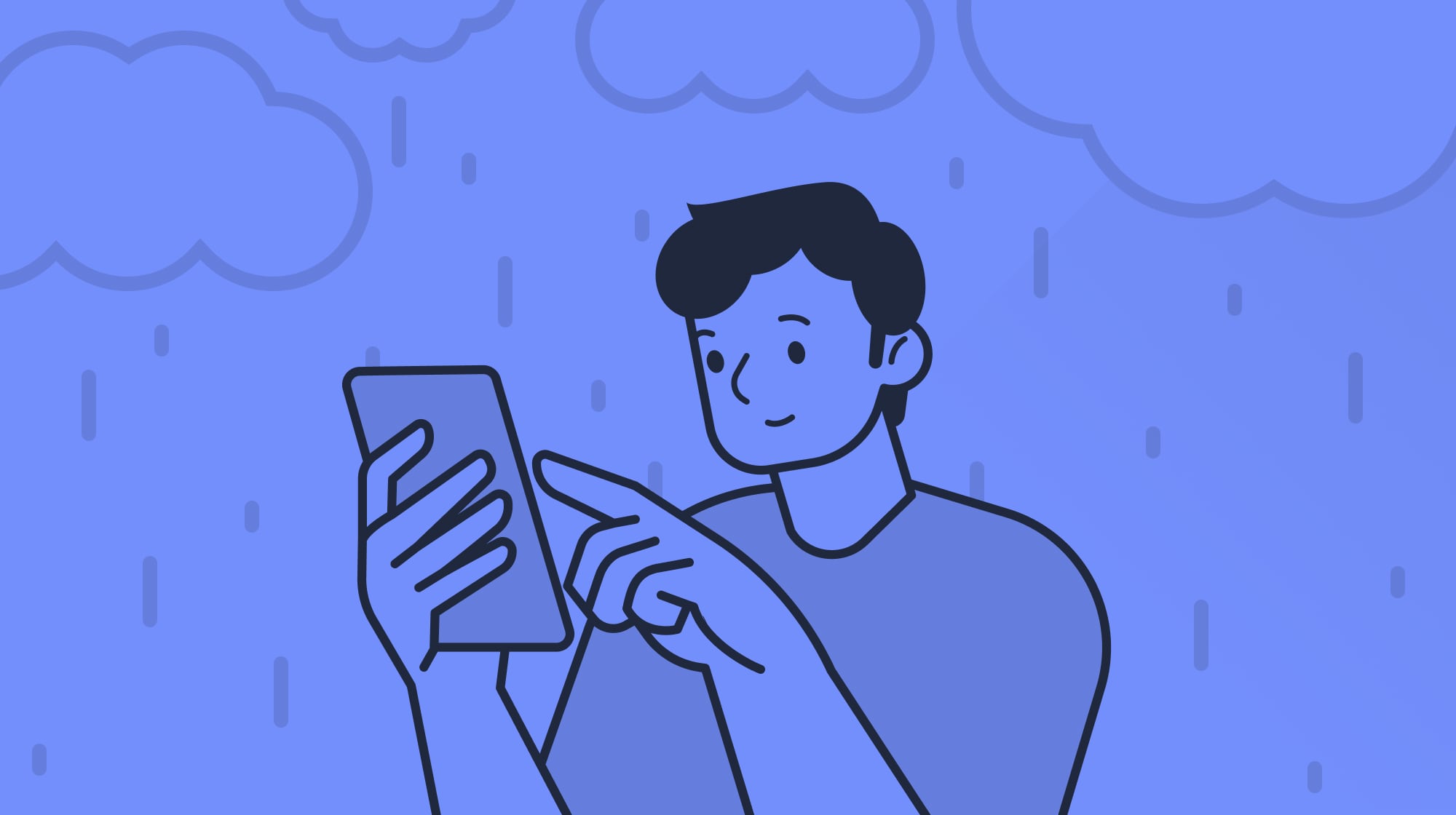Insights
February 3, 2025
The Role of Technology in Supporting Mental Health

Written by Natalie Bull
Walking through the woods, wrapped in layers to ward off the biting wind, I suddenly stop. I pull out my phone and smile as the app reveals the source of the sound, a bullfinch calling out from the freezing fog, still singing, still going.
This small reminder of resilience helps me navigate the colder and darker months, and technology has introduced a new way to enjoy it.
Nature apps can transform a simple walk, making it more immersive. You start noticing small things you hadn't before, discovering their names and stories and following their journey through the year. It forces you to pause and be present.
Although not the most obvious tool to support mental health, it highlights the value of technology in helping us manage stress and improve wellbeing.
Weathering the storm
It’s tempting to stay inside in the warm, though. Stuck between the festivities of winter and the promise of spring, February can feel like a storm to weather, with mental health struggles often peaking during this challenging month.
Battling emotional resilience on top of a stressful study schedule can make this a particularly overwhelming time for students. Primary care services should be the first point of contact for anyone experiencing mental health problems, but assistive technology has become a useful tool to complement this human support.
These tools not only make learning more accessible but also offer a wealth of mental health resources and coping strategies, bridging the gap between academic success and emotional wellbeing.
The snowball effect
A quick poll around the office reveals that many of us regularly use technology to improve wellbeing, ranging from hypnotherapy, sleep-tracking apps, guided yoga and meditation programs to plant, bird and insect identification, photography, recipe inspiration, running and stargazing.
I’d expected to see traditional mental health solutions such as meditation and CBT, but what surprised me was the majority of apps that tapped into my colleague's hobbies and personal interests.
Talking with them further, I discover why. Apps like this allow us to reconnect with our passions, relieve stress, and find moments of joy in our busy lives. They also spark creativity and enhance mental health by encouraging exploration and a sense of accomplishment. Small and achievable wins such as making a delicious dinner or spotting an unusual flower on your way to work can make a huge difference to our mood.
Interesting, too, is how many of these apps connect us back to the natural world. One institution that recognises the power of nature in supporting mental health is this independent school in Devon—look how they’re using this innovative approach to transform learning for students with Social, Emotional, and Mental Health Needs (SEMH).
Forecast for change
“More than half of young people have used an app to support their mental health or well-being.”
Source: Common Sense Media & Hopelab, Getting Help Online Report 2024
This 2024 national survey by Hopelab and Common Sense Media reveals that teens and young adults (ages 14–22) are increasingly turning to online resources, including mental health apps, online therapy, and social media, as vital tools for mental health support. The report highlights the need for schools to recognise the increasing reliance on online mental health resources among teens and to integrate digital tools, education, and support systems into their mental health strategies.
Technology can encourage proactive mental health management for students who can balance their studies and self-care from their smartphones and tablets. Apps that gamify physical activity, track mood patterns, or remind students to take breaks make self-care feel less like a chore and more like a natural part of their routine and ensure that support is always within reach, whether in class, at home or on the go.

Student mental health matters, and support is available in many forms. While nothing can replace human connection and professional care, technology can complement them, providing practical, accessible strategies to build resilience and flourish.
And, if you’re out there like me, walking in wonderment this winter with your wildlife apps, let's compare nature notes!



